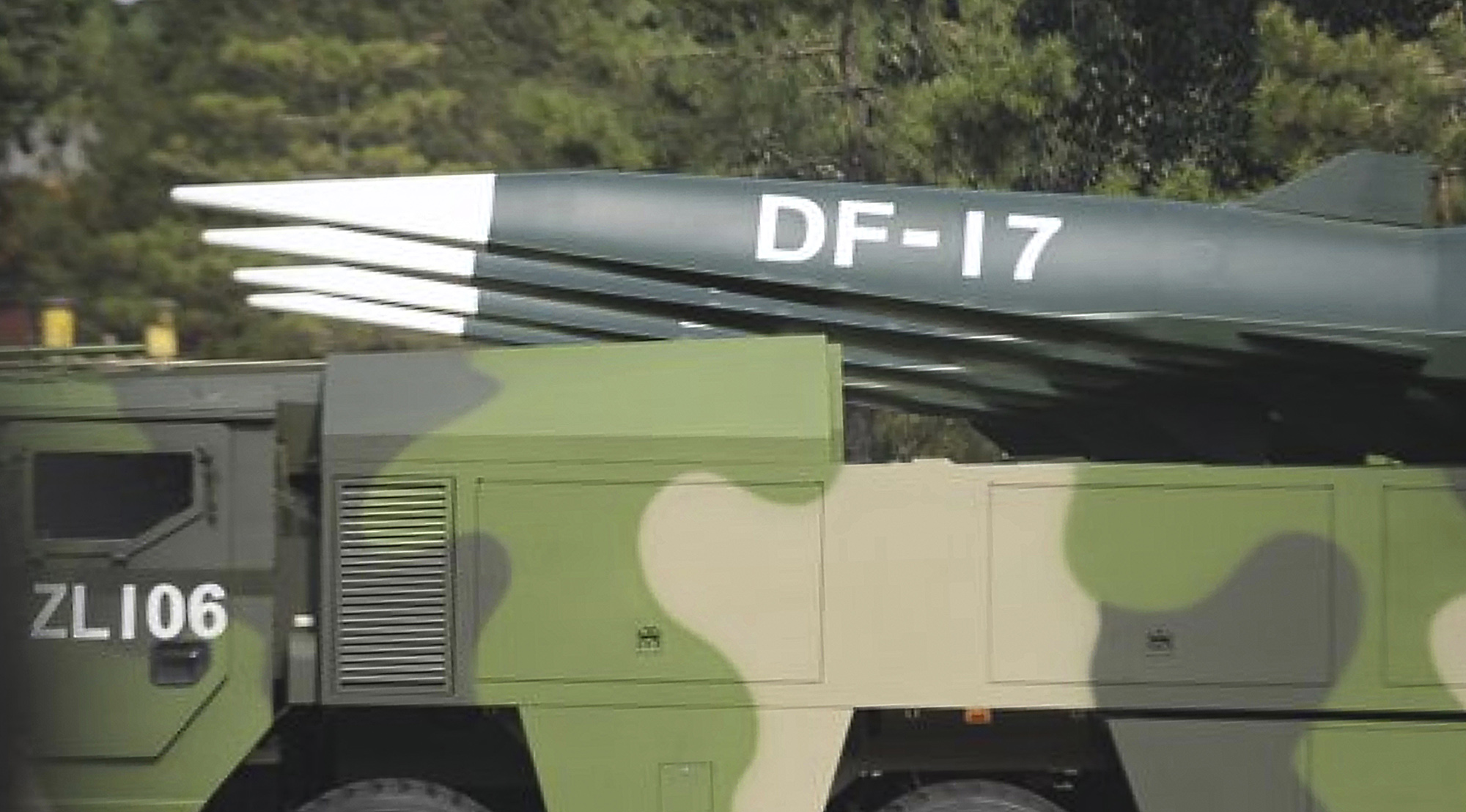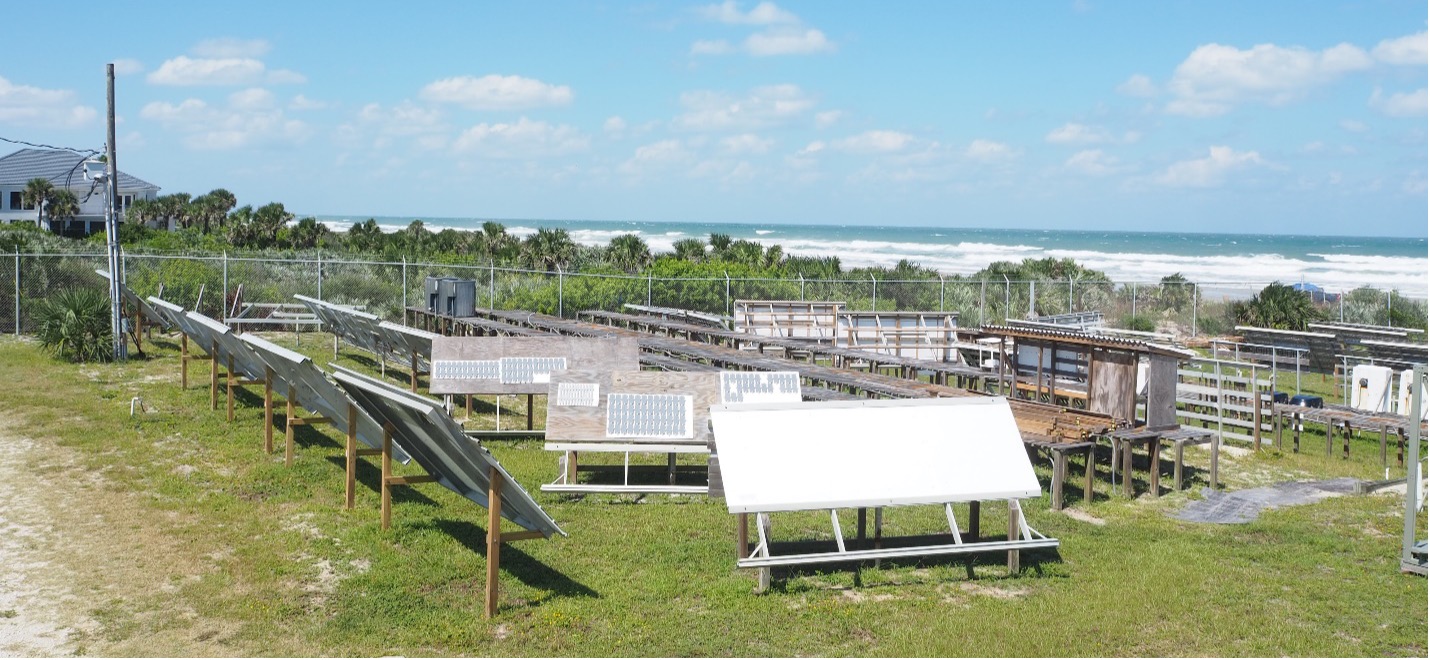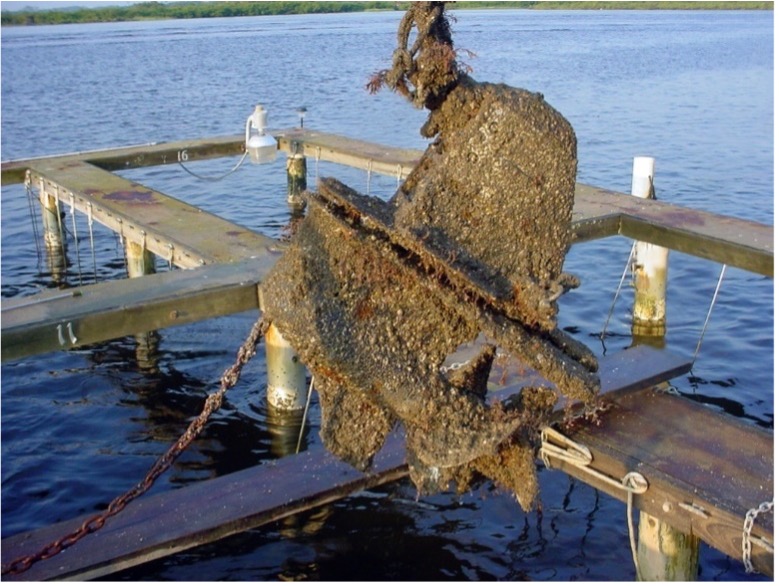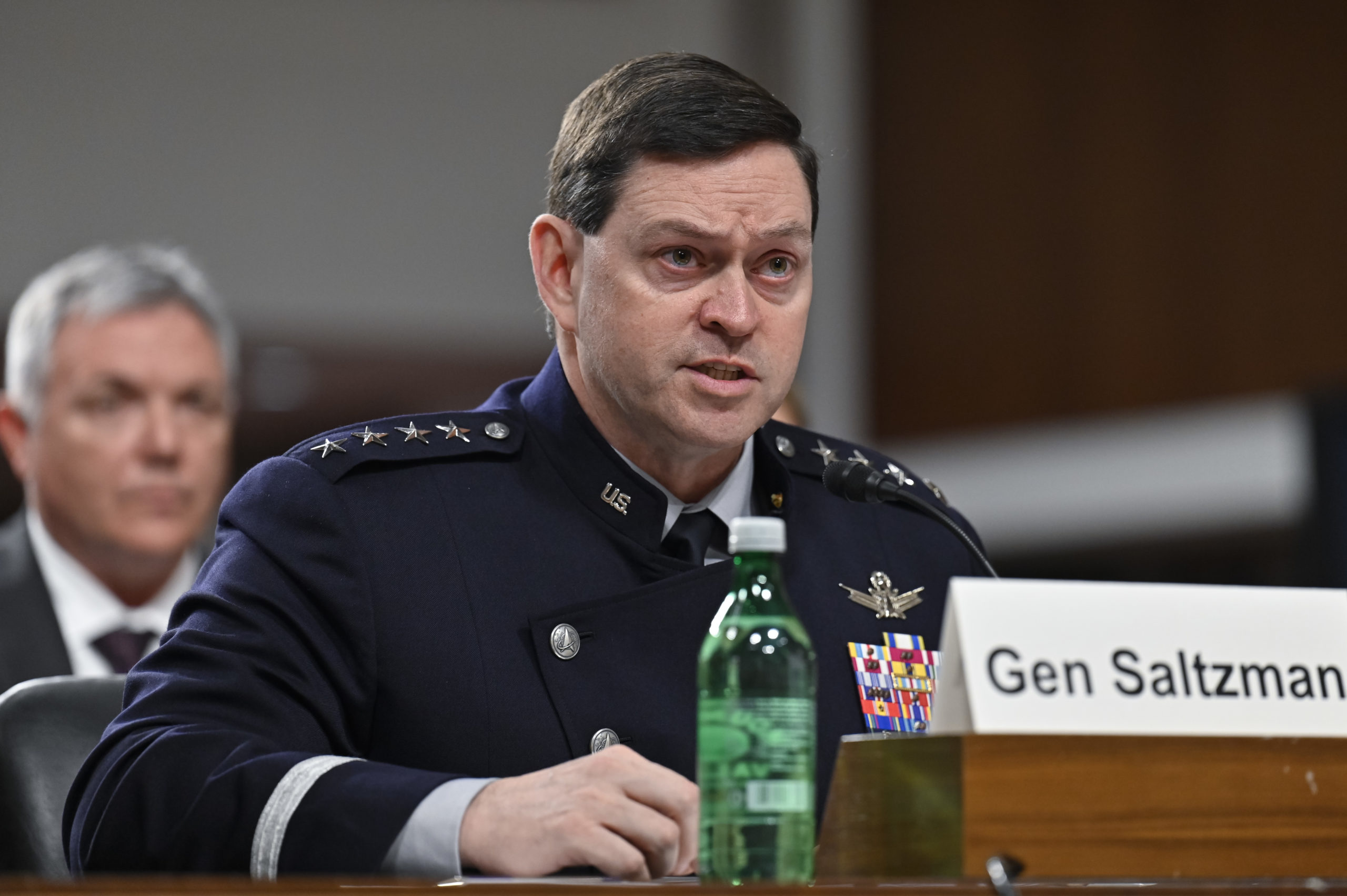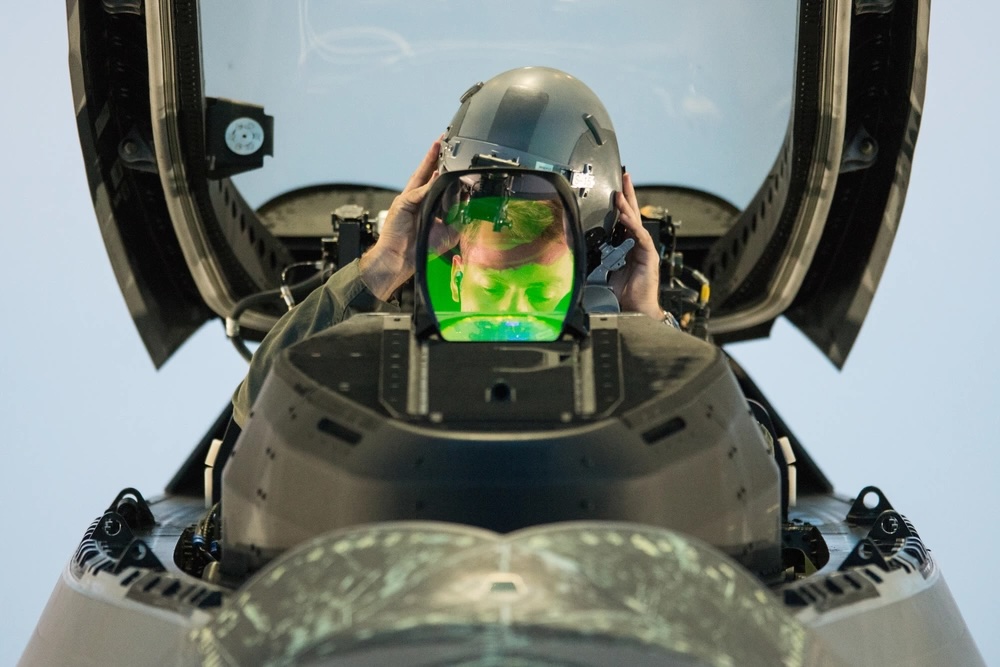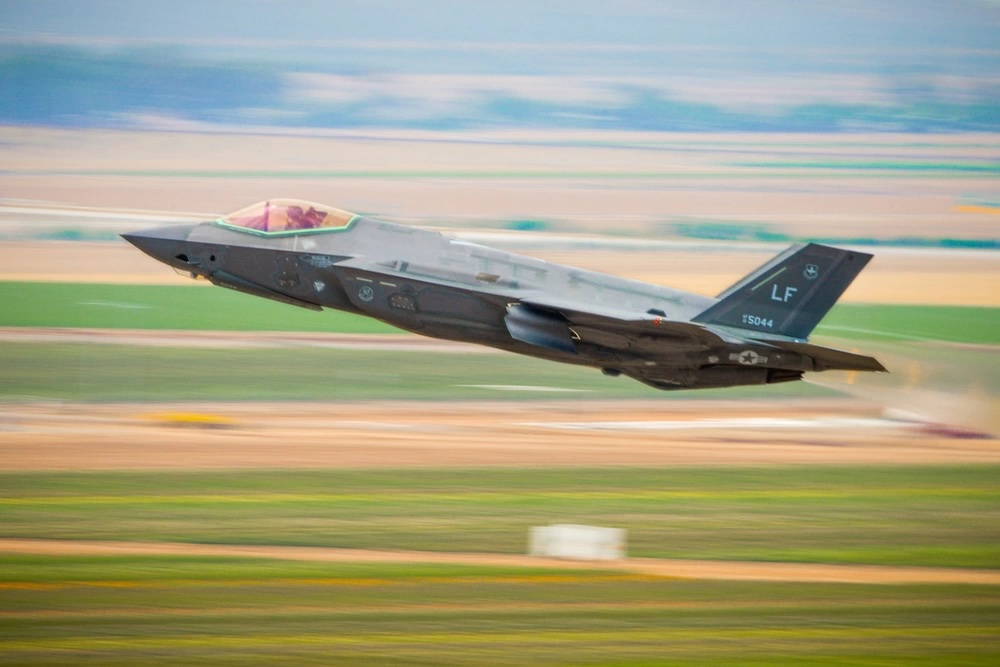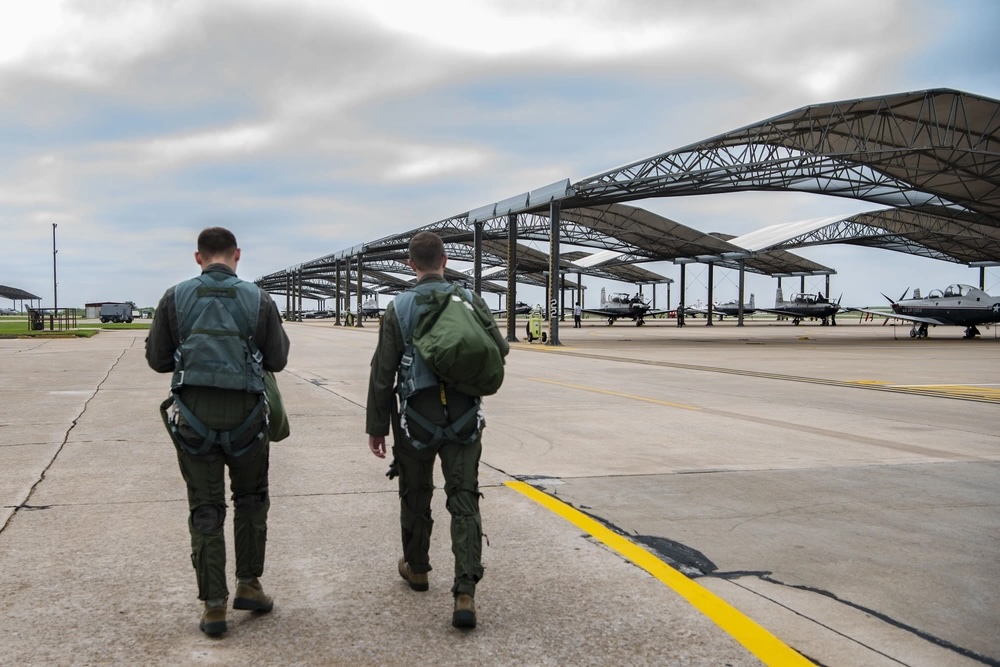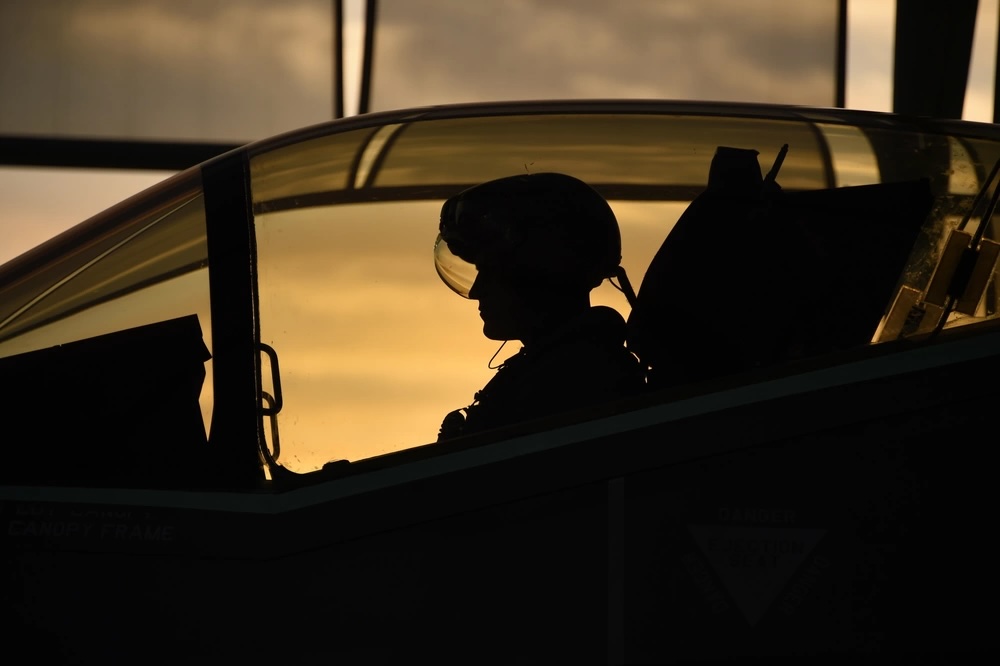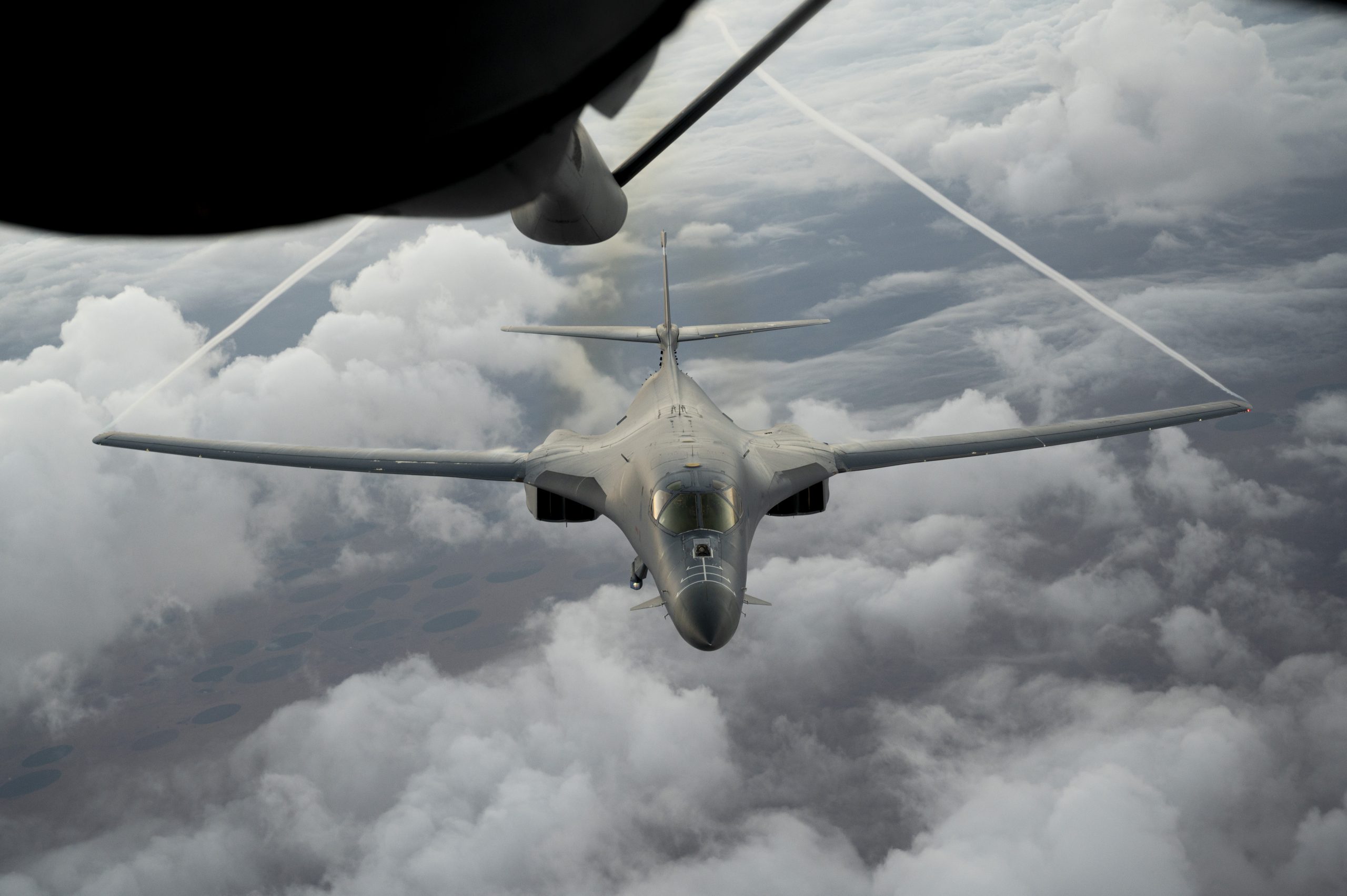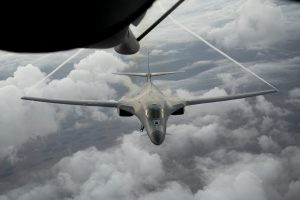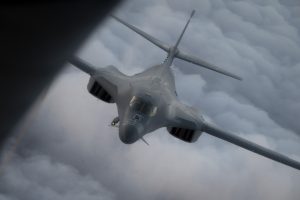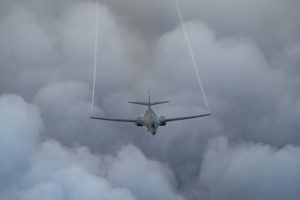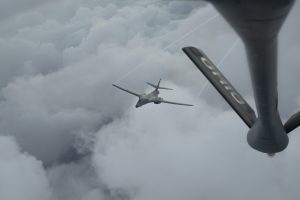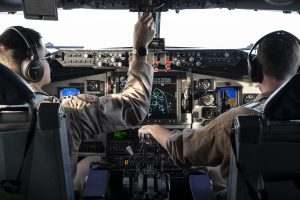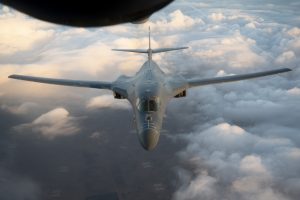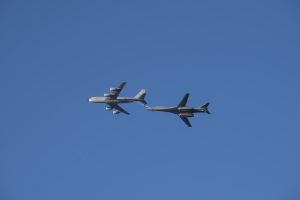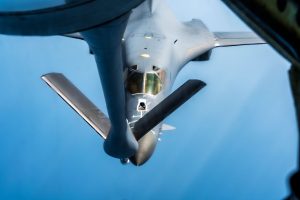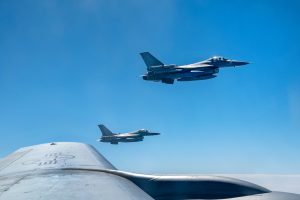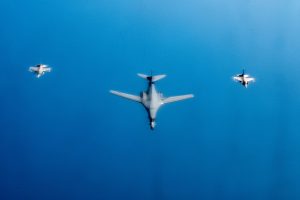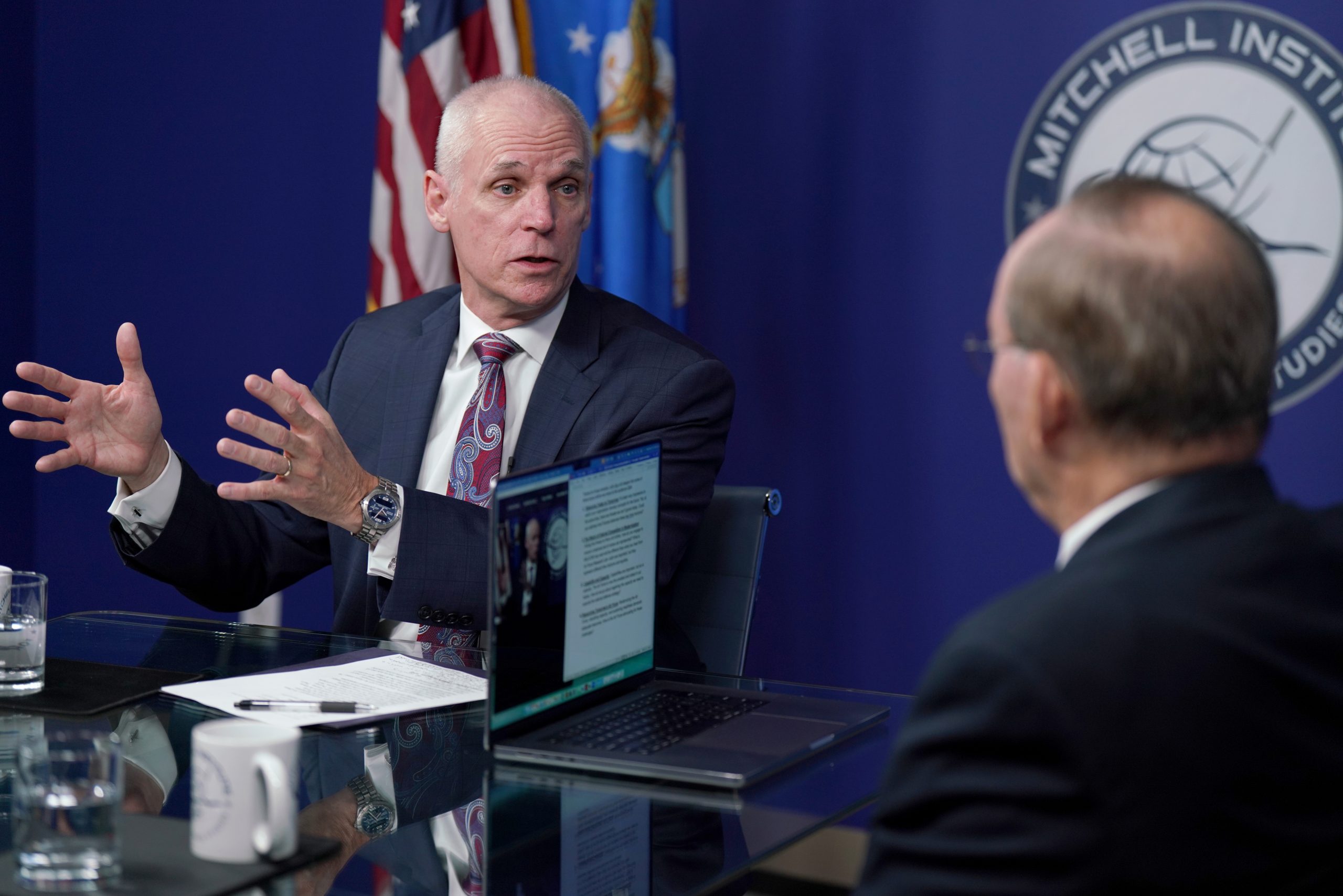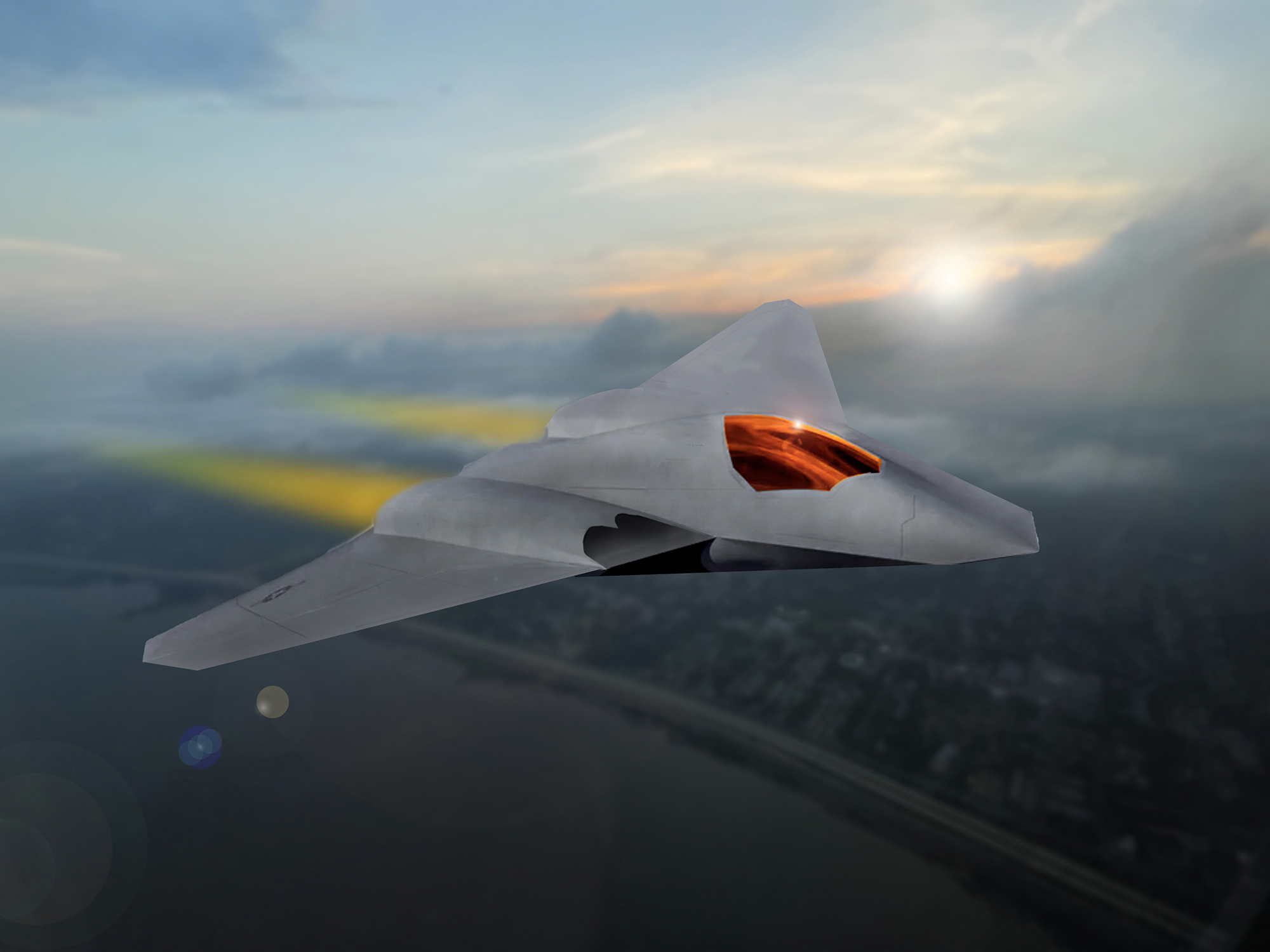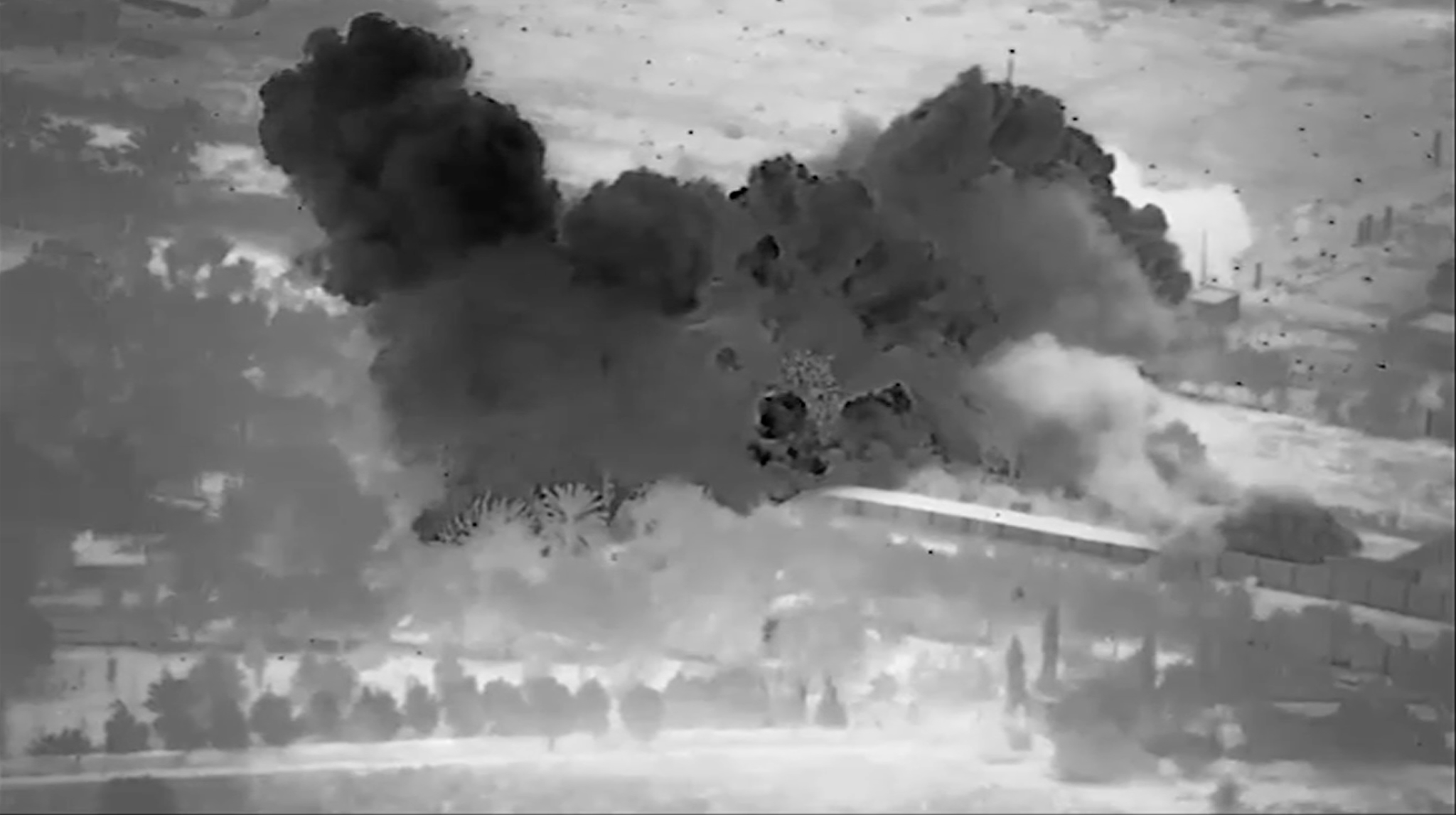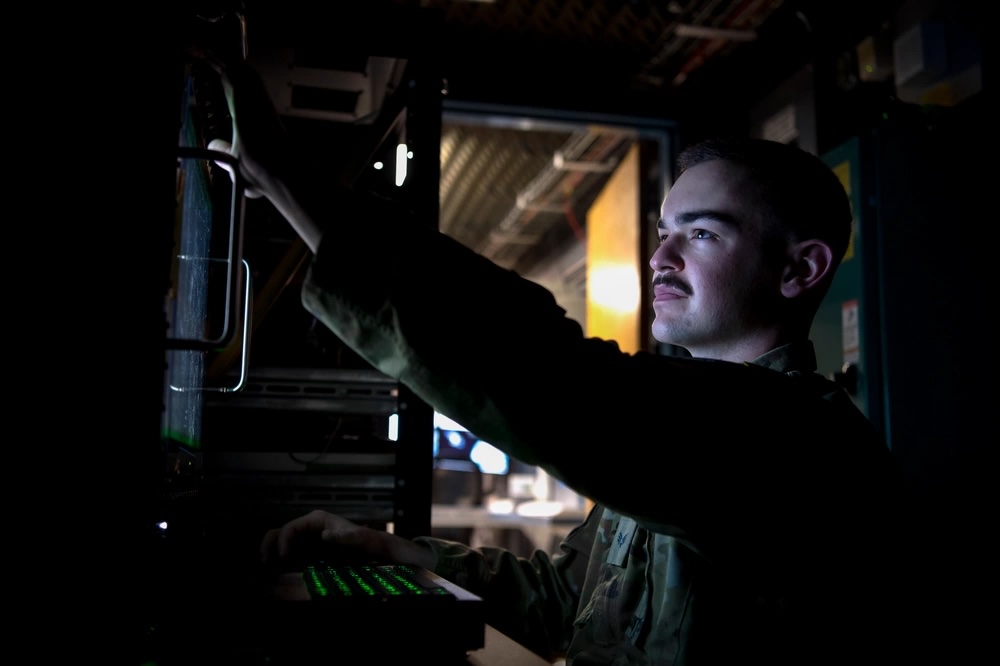To confront a world with not one but two major nuclear powers—neither of which is willing to enter arms talks—the U.S. must revive its atrophied nuclear weapons enterprise with all speed and build up its stock of conventional weapons in order to deter war, the chairs of a bipartisan strategic posture panel told the House Armed Services Committee on Nov. 15.
The U.S. has no margin left for modernizing its nuclear forces, and it’s doubtful that planned upgrades will arrive on time, Madelyn R. Creedon and former Sen. Jon Kyl (R-Ariz.), chair and vice chair of the Congressional Commission on the Strategic Posture of the United States, told lawmakers after spending the last year studying the issue.
Threat Environment
China has built up its nuclear weapons stockpile at a pace that is “unprecedented” and “very surprising,” Creedon said, echoing observations from the Pentagon and outside experts.
At the current rate, China is targeting nuclear parity with the U.S. and Russia by the mid-2030s. But Kyl noted that one of the witnesses before the commission pointed out that the Chinese are “always ahead of schedule. Whenever they say they’re going to achieve a certain system by a certain time, they beat that schedule.”
Given that aggressive growth, the commission argued in its final report released in October that China must no longer be treated as a “lesser included threat” on the strategic stage.
At the same time, Kyl told lawmakers that in all nuclear systems, and in some emerging technologies like hypersonics, “we are playing catch-up.” Russia has completed more than 90 percent of its strategic nuclear modernization and has also deployed new kinds of nuclear weapons for which the U.S. has no analogy, Kyl said. These include “tsunami” weapons that would inundate a coastline after being set off underwater.
The result, a tri-polar nuclear world, “is an existential challenge for which the United States is ill-prepared, unless its leaders make decisions now to adjust the U.S. strategic posture,” the commission wrote in its report. The U.S. and its allies must be prepared to deter or defeat both adversaries “simultaneously,” the commission added, as the risk of conflict with Russia and China “is increasing.”
As things stand now, “the United States lacks a comprehensive strategy to address the looming two nuclear-peer threat environment and lacks the force structure such a strategy will require,” the report states.
In crafting its final report, the commission started with five assumptions, Creedon told lawmakers:
- Russia and China will continue “their respective adversarial paths, each growing the quality and quantity of their nuclear arsenals.”
- Both will also grow their conventional, space, and cyber forces, and continue “aggressive foreign policies” with the goal of supplanting the U.S. as a world leader.
- “Today’s ‘one major war’ strategy construct is no longer viable, particularly given China’s current trajectory.”
- America’s nuclear modernization “program of record must be fully implemented as rapidly as possible to deter Russia and China.” However, the program isn’t sufficient to meet the projected threat.
- Both the Pentagon and National Nuclear Security Administration’s industrial base and nuclear infrastructure require investment.
Major Takeaways
The 160-page report, compiled by a 12-person expert panel, did not provide cost estimates for any of their recommendations—a fact that rankled some of the representatives at the hearing, including ranking member Rep. Adam Smith (D-Wash.)—but this was not part of the commission’s charter, Kyl said.
“The commission’s report is threat-informed, forward-looking bipartisan consensus,” Creedon said. It “provides high level guidance to shape and ensure future decision makers have real options while generally refraining from choosing specific systems. We provide characteristics of recommended capabilities but do not pick the winners and losers.”
Several members of the committee pressed the witnesses on whether the U.S. should develop the nuclear Sea-Launched Cruise Missile that the Biden Administration decided not to pursue, but while they said it could play an important role in enhanced deterrence, they reiterated that they would not single out specific programs.
The commission did urge the full implementation of the strategic program of record, “which includes replacement of all U.S. nuclear delivery systems, modernization of their warheads, comprehensive modernization of U.S. nuclear command, control, and communications (NC3), and recapitalizing the nuclear enterprise infrastructure at the DOD and DOE/NNSA.”
Recommendations
All told, the panel included 81 recommendations in its report, mostly oriented toward generic capabilities needed to counter or offset those fielded by China, Russia and other nuclear powers or prospective ones.
Creedon said the report’s subtlety has led to some confusion about its findings.
“We are not recommending substantial increases in the new U.S. nuclear force posture. We want to avoid a new nuclear arms race, and most importantly, we want to avoid a nuclear conflict and thus we need a credible conventional and nuclear deterrent,” she said.
“We do recommend that we plan and be prepared for a more challenging future while fully supporting diplomatic and whole-of-government operations to reduce tensions and ensure strategic stability.”
However, diplomatic efforts have proven increasingly futile, as Russia has exited nearly all its arms treaties with the U.S. and China has declined to engage strategic arms talks.
“Prospects for agreements on nuclear arms control now appear bleak, [and] we must consider that we may be in a situation where there is no strategic arms control treaty,” Creedon acknowledged, while arguing that “if there are opportunities for arms control or other strategic stability talks, military to military talks, Confidence Building Measures or other opportunities, they should all be explored.”
The commission also recommended the U.S. be able to deter or defeat “simultaneous Russian and Chinese aggression in Europe and Asia using conventional forces.”
Rep. Mike Gallagher (R-Wis.) asked the commission leaders if U.S. stockpiles of conventional long-range, precision fires—specifically, the Joint Air-to-Surface Standoff Missile and its naval counterpart, the Long-Range Anti-Ship Missile—are adequate.
“The answer is, yes, it’s inadequate today,” Kyl said.
Among other non-nuclear capabilities, the commission emphasized the importance of deploying “a more resilient space architecture” and ensuring the U.S. and its allies are on the “cutting edge” of new technologies “such as big data analytics, quantum computing, and artificial intelligence (AI)—to avoid strategic surprise and potentially enhance the U.S. strategic posture.”
Should that not happen, the report noted, the U.S. strategy would need to change to reflect an increased reliance on nuclear weapons to maintain deterrence.
Running out of Time
Kyl told the committee that, with no time margin left for nuclear modernization and the inevitability of programmatic setbacks, “there will be gaps” in some elements of the nuclear deterrent. The report said that delays should be mitigated to prevent “early age-out” of current systems.
“We don’t have any more time,” Kyl said. “We’ve used up all of our work-around and the schedules, both for the refurbishment of the nuclear warheads, and the development of the new platforms is a tight schedule.
“… The reality is, we found delays here and there and it’s very difficult to imagine that we could meet the schedule. As a result, there are a couple of charts in our report, which show the potential for a deterrence gap.”
U.S. strategic forces “should be modified to address the larger number of targets due to the growing Chinese nuclear threat,” the report said, but Creedon and Kyl said that didn’t necessarily mean more of any particular systems, leaving how to accomplish that task up to “future decision-makers.”
The commission did say, though, that the U.S. needs to keep up with advances in Russian and Chinese missile defenses and deploy systems that can get past them.
Additionally, the report said the President needs more “nuclear response options” to deter the use of theater nuclear weapons. The U.S. also needs to “address the need” for more theater nuclear weapons in the Indo-Pacific theater, and “compensate for any shortfall in U.S. and allied non-nuclear capabilities in a sequential or simultaneous two-theater conflict against Russia and China.”
Congress also needs to act in a timely fashion to pass defense bills and ensure “funding stability” for the nuclear enterprise, Creedon said, urging a shift from single-year defense budgets to a two-year cycle.
Failure to do any of these things risks the U.S. not having a credible deterrent and losing the confidence of its partners and allies, who may turn elsewhere. Wherever possible, the U.S. should shore up and expand such alliances. Conversely, withdrawing from alliances “would directly benefit adversaries, invite aggression that the United States might later have to reverse, and ultimately decrease American, allied, and partner security and economic prosperity,” the report states.
Since the last such posture assessment in 2009, “the security environment has dramatically worsened and new existential threats have emerged,” the report said.
“This Commission concludes that the United States now faces a high-stakes challenge that requires urgent action,” the report goes on. “Nevertheless, the Commission has not seen the U.S. government demonstrate the urgency and creativity required to meet the challenge. Nothing other than synchronized steps taken by the Executive and Legislative Branches will craft the strategy and build the posture the nation requires. The challenges are unmistakable; the problems are urgent; the steps are needed now.”
Kyl told the committee that every Defense Secretary and Chairman of the Joint Chiefs during his years of government service have said that the nuclear deterrent is the foundation of all defense and is their “number one priority.”
“We have to act like it,” he said.
